Studio gears are always expensive because of their high precision. But you’re new. You are just starting off your journey to the music world. In this case, you may be working on a tight budget, you don’t need top-tier headphones to get decent results. What you do need is something accurate enough to hear your mistakes and make confident decisions. We, experts at Remasterify, an online master tool, have tested the best headphones for monitoring and mixing and now present the best ones for beginners. This guide walks you through the best headphones under $100 that actually work for mixing, monitoring, and general music creation.
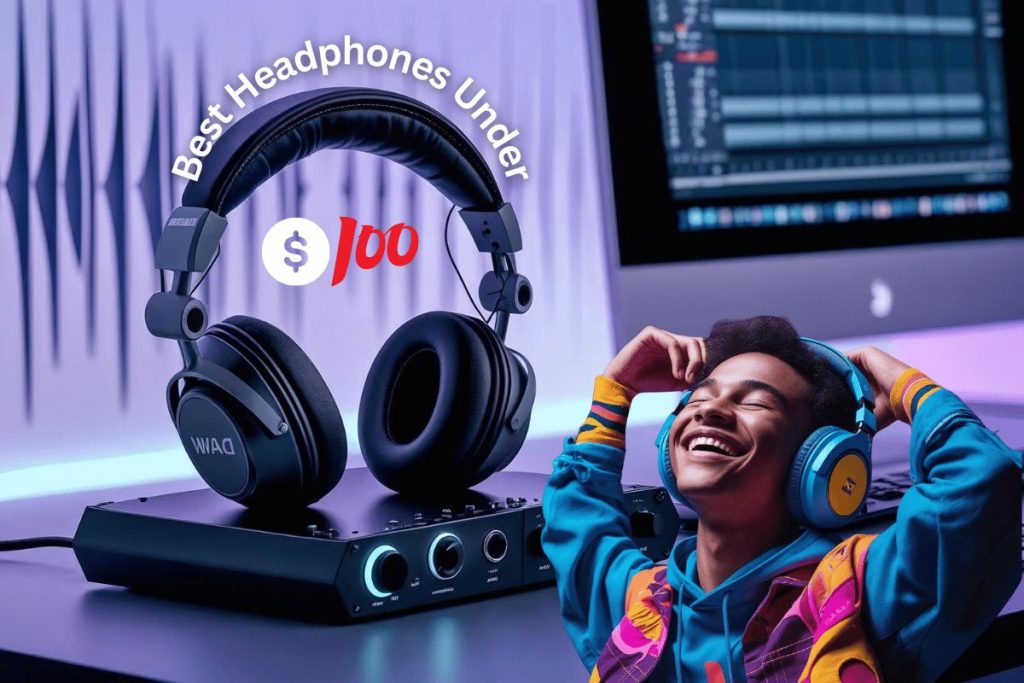
In this blog, you will know the entire things:
2. Best Headphones Under $100 (Categorized by Use)
2.1 Best Open-Back Headphones for Mixing & Monitoring
2.2 Best Closed-Back Headphones for Mixing & Monitoring
3. Should You Upgrade Your Headphone? When and Why?
4. Is There Any Way Out Other Than Getting a $200 Headphone?
Key Headphone Features to Prioritize in This Price Range
At this price point, you’re not looking for perfection. You’re looking for clarity, reliability, and balance. Some features matter way more than others.
Before we get to the product picks, here’s what you should care about (and why it matters).
1. Neutral Frequency Response
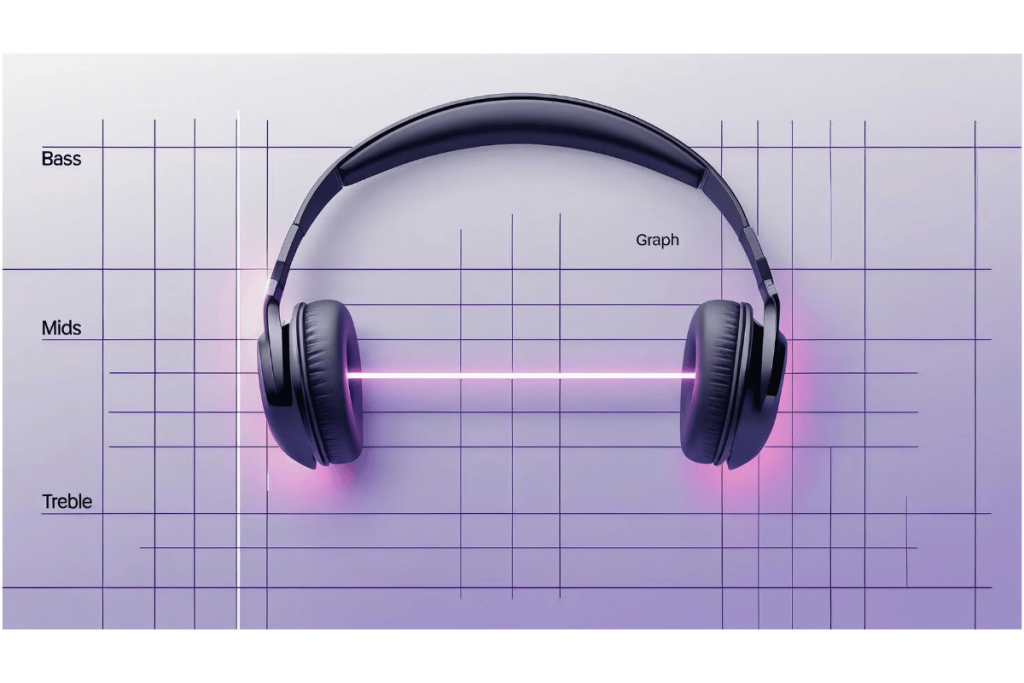
You want headphones that don’t exaggerate bass or treble. A flat, balanced sound is key for accurate mixing and honest playback.
2. Low Distortion at Medium Volume
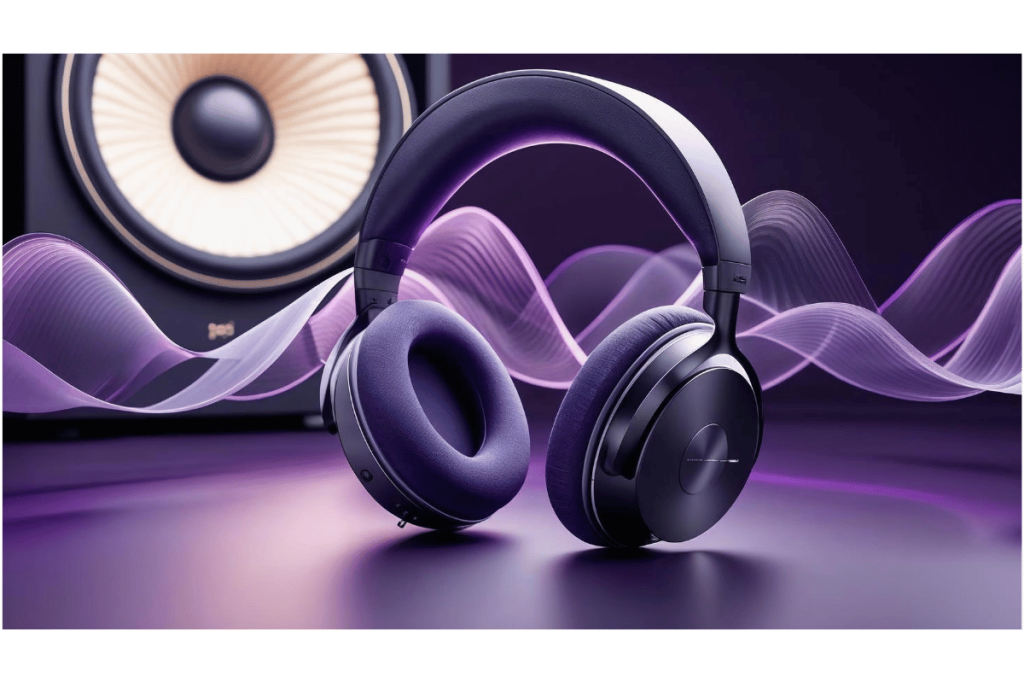
Budget headphones should stay clean at normal volume levels. Any distortion, crackling, or harshness = dealbreaker.
3. Comfortable Fit for Long Sessions
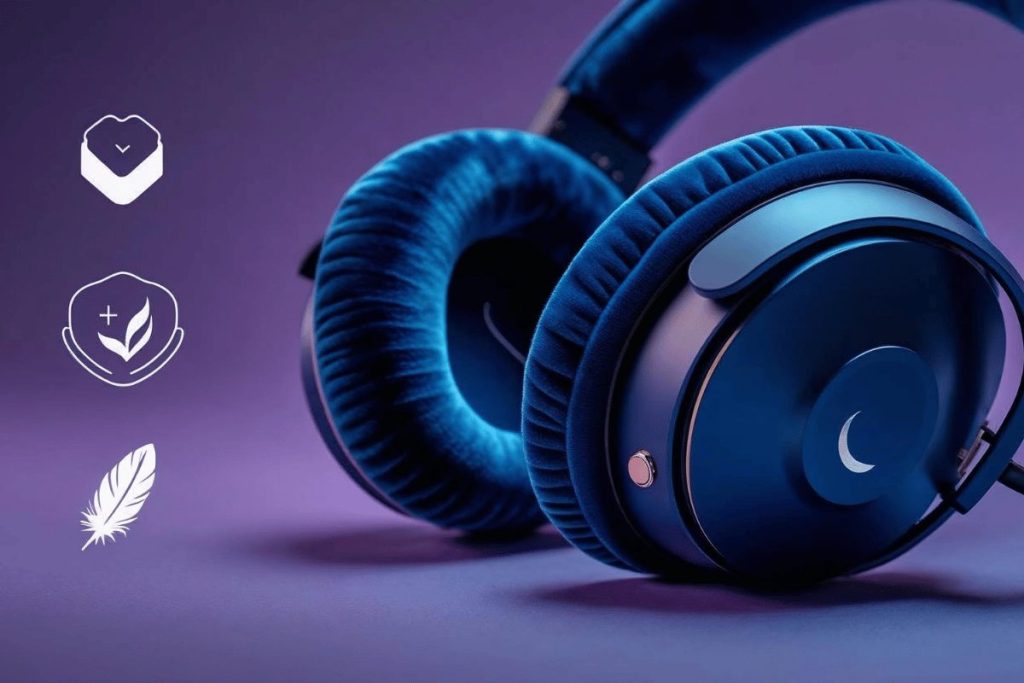
Mixing and editing takes time, if your ears hurt after 30 minutes, it’s a problem. Look for soft ear pads and adjustable headbands.
4. Replaceable Cable or Ear Pads (If Available)
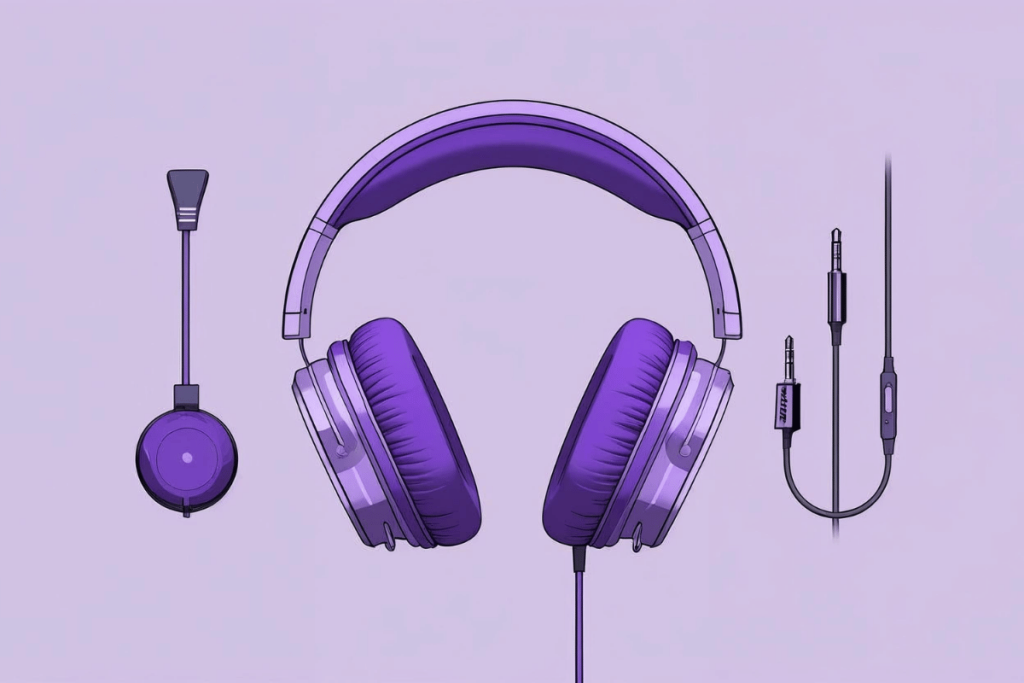
Most budget models don’t offer this, but if they do, that’s a bonus. It extends the life of your gear without a full replacement.
5. Right Type: Closed or Open-Back
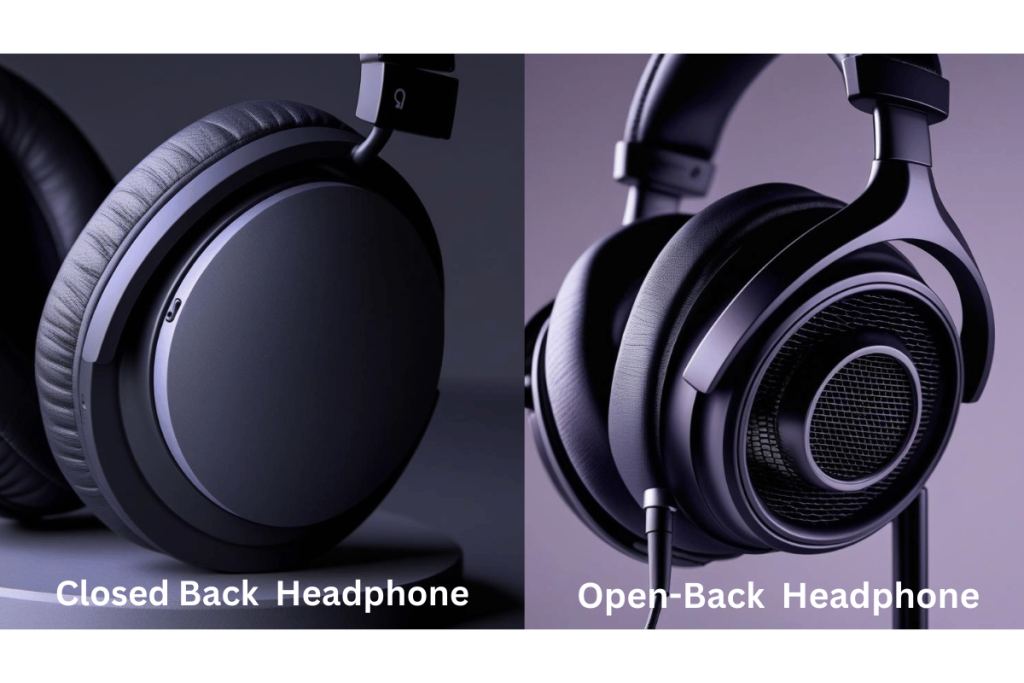
Closed-back = better isolation, ideal for recording. Open-back = better detail and stereo width, ideal for mixing.
6. Impedance Between 32–80 Ohms
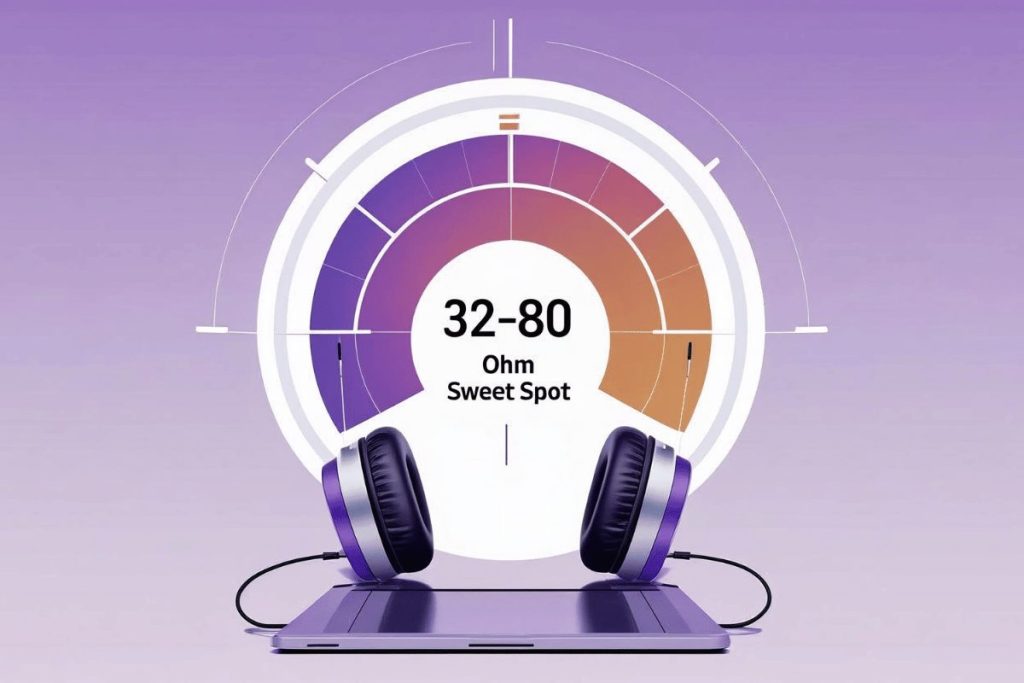
Headphones in this range work well with most laptops and audio interfaces — no amp needed.
Note: Open-back vs closed-back – which do you need?
Open-back gives you wider stereo image, ideal for mixing.
Closed-back helps block room noise, better for recording or monitoring.
Best Headphones Under $100 (Categorized by Use)
There are a lot of options in this range — but only a few actually make sense for music creators. So we’ve broken them down by type. That way, you pick based on what you need, not what sounds cool in a spec sheet.
Let’s start with the open-back models that are best for mixing clarity, then check out the closed-back picks for vocal tracking and monitoring.
Best Open-Back Headphones for Mixing & Monitoring
These are your go-to if you want to hear depth, stereo space, and detail in your mix. Just remember, they leak sound, so they’re not great for vocal recording. But for mix decisions? They shine.
| Headphone | Type | Frequency Response | Impedance | Pros | Cons | Price |
| Samson SR850 | Semi-open | 10Hz–30kHz | 32Ω | Wide soundstage, detailed highs | Build feels cheap | $40–50 |
| Superlux HD668B | Semi-open | 10Hz–30kHz | 56Ω | Bright and clear, detachable cable | Slightly harsh in highs | $55–65 |
| AKG K240 Studio | Semi-open | 15Hz–25kHz | 55Ω | Smooth midrange, durable cable | Needs more volume from weak sources | $70–90 |
These aren’t bass monsters, but they don’t need to be. You’ll hear reverb tails, subtle pans, and if your snare’s cutting through or not. They’re ideal if your main goal is mixing in a quiet room.
Best Closed-Back Headphones for Mixing & Monitoring
Closed-back headphones isolate your ears from the room. These are the best studio monitor headphones for mixing without bleeding. They’re also a better pick if you’re working in noisy environments or around roommates.
| Headphone | Type | Frequency Response | Impedance | Pros | Cons | Price |
| Audio-Technica M20x | Closed | 15Hz–20kHz | 47Ω | Clean sound, lightweight | Non-detachable cable | $50–60 |
| Sony MDR-7506 | Closed | 10Hz–20kHz | 63Ω | Bright and sharp, durable | Treble-heavy, tight fit | $90–100 |
| OneOdio Pro-50 | Closed | 20Hz–40kHz | 32Ω | Deep bass, detachable cable | Not fully flat for mixing | $40–50 |
These give you decent accuracy without breaking the bank. If you’re mostly recording, editing, or checking for noise issues, start here. And if you mix occasionally? You’re still in safe territory.
Note: Avoid consumer-style headphones with boosted lows or fake “surround” sound.
They’ll mess up your EQ decisions and make everything feel louder than it really is.
These are great if you’re figuring things out. They’ll let you track vocals, tweak mixes, and catch the obvious problems, even if you’re not hearing every detail yet.
Should You Upgrade Your Headphone? When and Why?
So, you’ve been working with your $50–$100 headphones for a while. The question is: are they holding you back? Sometimes yes, sometimes not yet.
If your mixes sound way different on other systems… or you keep second-guessing your balance and stereo image… it might be time. But if you’re still learning and improving? Stick with what works.
Here’s a small work for you:
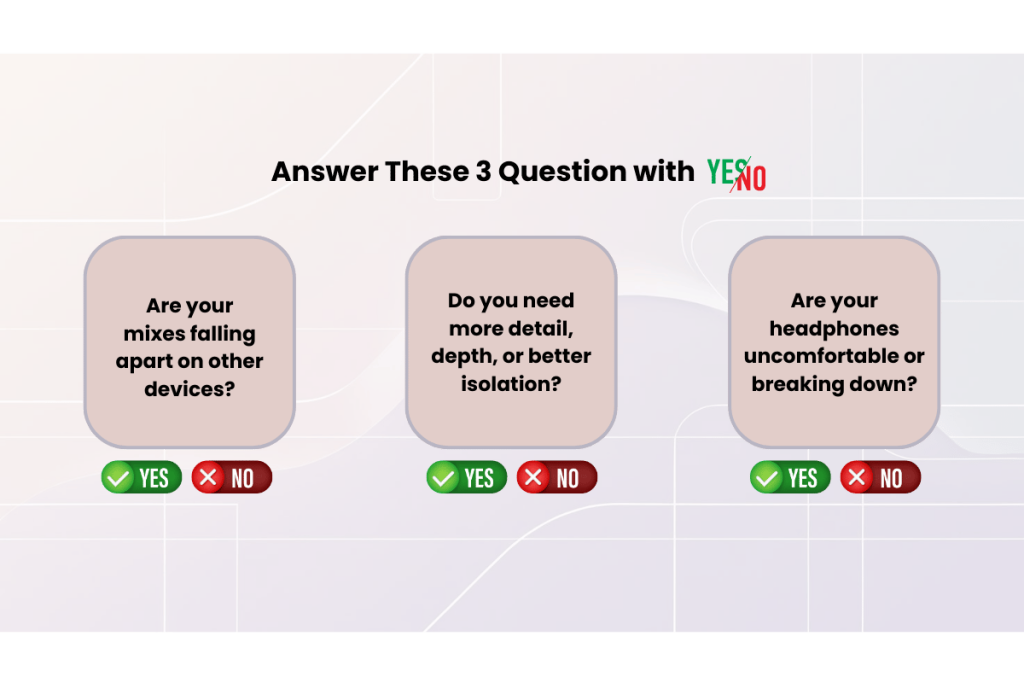
From the above set of three questions, if you answered YES (✅) to 2 or more, start looking at headphones in the $150+ range. You’ve probably outgrown your current pair.
Note: Some models here may benefit from a basic headphone amp if your output source feels weak or quiet.
Is There Any Way Out Other Than Getting a $200 Headphone?
Remember, passion matters. Gear isn’t the only way to improve your sound. f you’re still learning to mix, or recording in a less-than-perfect room, spending $200 on new headphones might not move the needle as much as you think.
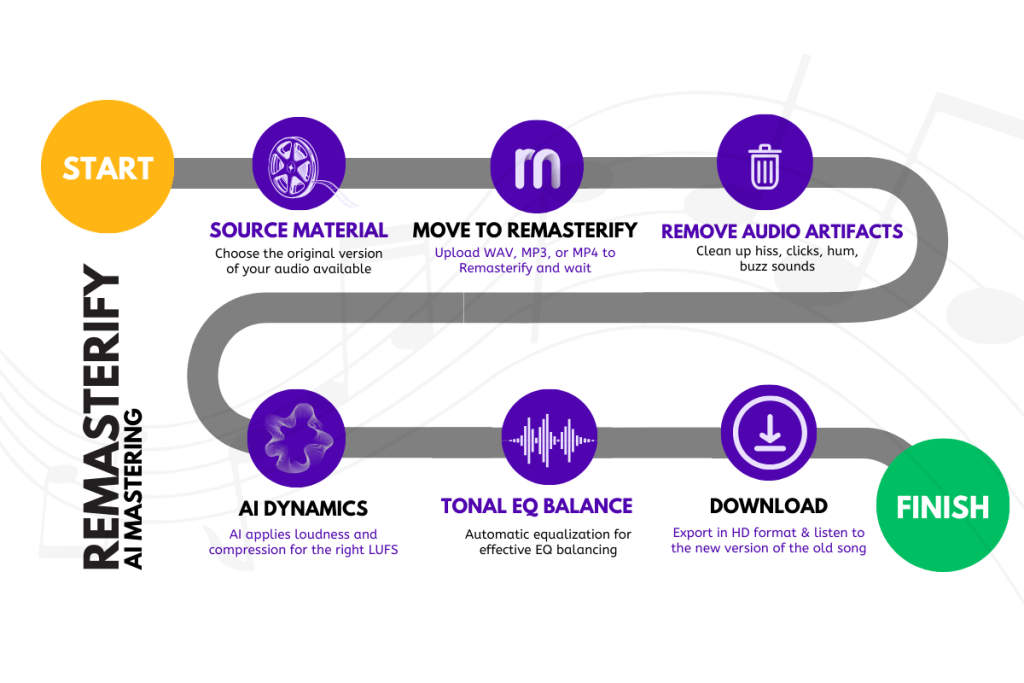
That’s where Remasterify is needed. Instead of chasing ultra-flat gear, you can use whatever headphones or earbuds you already own. Just record your track as usual, then upload it to Remasterify. Now our online tool will make it ready to play on any device, so you don’t have to care about adjusting loudness, clarity, background noise, stereo, equalization. Your track will sound like it was polished through a $400 headphone or high-end monitor setup.
Behind the scenes, Remasterify uses AI models trained on pro studio chains. Here’s the process Remasterify follows:
Final Thoughts
You don’t need flashy specs to make good music. What you need is clarity, reliability, and headphones that help, not hype.
Under $100, you’ll find some surprisingly capable and best studio monitoring headphones. They may not be “perfect,” but they’ll teach you a lot. As your skills grow, your gear can follow. For now, the options listed here will give you everything you need to monitor smart, mix better, and improve with every session.
Frequently Asked Questions
1. Can I get professional results with headphones under $100?
Yes, it’s possible. Many entry-level creators make solid mixes using headphones in this price range. The key is learning how your headphones color the sound and comparing your mix with reference tracks. If your room isn’t treated for speakers, headphones can actually be a better starting point. You may not hear every detail, but you can still get clean, balanced results. For final polishing, consider using a mastering tool like Remasterify to catch what your headphones might miss.
2. Are gaming or Bluetooth headphones okay for mixing?
No, they aren’t ideal for mixing. Gaming headphones often boost certain frequencies to sound more exciting, which leads to inaccurate mix decisions. Bluetooth adds latency and compression, making it harder to judge timing and audio quality. For music production, always go with wired headphones labeled as “studio” or “monitor.” These are built to deliver a more neutral sound. Even affordable wired headphones will perform better than expensive Bluetooth or gaming models for mixing or monitoring tasks.
3. Do I need a headphone amp for these budget models?
Most headphones under $100 do not require a separate headphone amp. They usually have an impedance between 32 and 64 ohms, which works well with laptops, phones, and audio interfaces. However, if you notice that the volume is too low or sounds lack clarity even at high levels, your source device may be underpowered. In that case, a small headphone amp could help. But for most home studio setups, you won’t need one to get started or get good results.
4. Which brands are most reliable under $100?
Several trusted brands offer reliable headphones under $100. Audio-Technica, AKG, Sony, Samson, and Superlux have solid options that are widely used by beginners and budget-conscious creators. These brands consistently provide headphones with decent build quality, accurate sound, and useful features for music production. You’ll also find good user support and availability of replacement parts in many cases. Stick with one of these names to avoid wasting money on low-quality or gimmicky alternatives with poor audio performance.
5. Can I use these headphones for casual listening too?
Yes, absolutely. Studio-style headphones can work for casual music listening, streaming, or even gaming. Just know that their sound will be more neutral than most consumer headphones. That means less bass boost or “wow” factor, but more detail and balance. Some people prefer this flatter sound once they get used to it. If you want one pair for both casual listening and audio work, look for a comfortable model with decent isolation and a detachable cable if possible.
6. What if my mixes still sound off after using these?
If your mixes aren’t translating well, start by comparing your mix to a professional reference track using the same headphones. It helps you identify what’s missing — maybe the vocals are too low or the bass is muddy. You can also use free tools to check stereo width, loudness, and EQ balance. Another option is to master your mix using Remasterify, which corrects tonal and loudness issues automatically. Improving your mix isn’t only about gear — it’s about training your ears and checking your results often.
